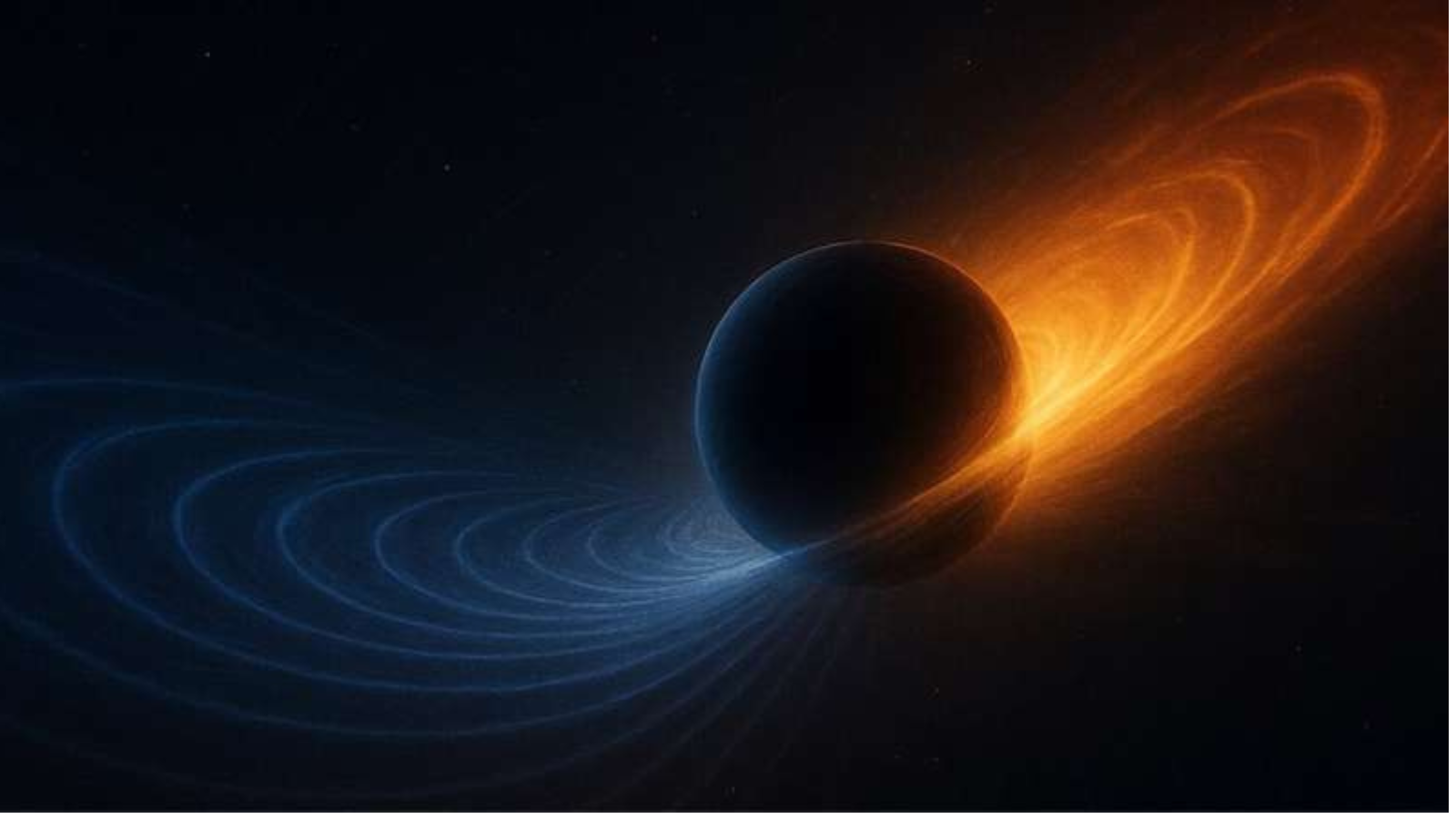Discovery Explains Why Asteroids and Meteorites Are Different

Meteoritesthat fall to Earth usually come directly from the asteroid belt between Marsand Jupiter, rather than from the population of larger space rocks that driftedin from the asteroid belt's innermost edge to hang around our planet'sneighborhood.
Thefinding is detailed in the journal Nature and explains why the makeup ofmost meteorites doesn't match the composition of most near-Earth asteroids(NEAs).
"Whydo we see a difference between the objects hitting the ground and the bigobjects whizzing by?" said Richard Binzel, a planetary scientist at theMassachusetts Institute of Technology. "It's been a headscratcher."
Binzeland other researchers from MIT and Hawaii's Institute of Astronomy compared thecomposition of NEAs with samples from thousands of meteorites found onEarth.
Twothirds of NEAs matched up with LL chondrite rocks, which are low in metals, butjust 8 percent of meteorites had a similar match. The meteorites lined up morewith the mixed rock population of the asteroid belt that lies between Mars andJupiter.
Small,boulder-like rocks from the asteroid belt end up as meteorites striking Earth atleast in part because of uneven heating from the sun. Solar energy heats theday side of a rotating rock, which then radiates the heat away and creates apropelling force that can change the rock's path.
Thatphenomenon, known as the Yarkovskyeffect, can turn many smaller asteroids into sun-guided missiles aimed atEarth. A similar effect called the YORPeffect can also set asteroids spinning.
Breaking space news, the latest updates on rocket launches, skywatching events and more!
However,the Yarkovsky effect acts more weakly on larger asteroids, so that it onlygradually nudges the bigger brutes toward Earth's vicinity.
Thenew study confirmed that the largest NEAs come from the asteroid belt'sinnermost edge, forming a family of rocks made up of remnants from a largerasteroid.
NEAsmay seem less likely to threaten Earth, but an asteroid two-thirds of a milewide (1 km) could have devastating consequences for whatever area it happens tostrike. At minimum, widespread regional destruction would occur.
Binzelhopes that knowing the makeup of such asteroids will allow humans to betterunderstand deal with such threats. One approachto deal with a loosely-clumped asteroid might not work for a solid, stony rock.
"Oddsare, an object we might have to deal with would be like an LL chondrite, andthanks to our samples in the laboratory, we can measure its properties indetail," Binzel said. "It's the first step toward 'know thyenemy'."
Suchhints and someadditional funding for surveillance might eventually allow humans to putdown the asteroid threat for good.
- VIDEO: Killer Asteroids and Comets
- IMAGES: Asteroid Gallery
- All About Asteroids
Join our Space Forums to keep talking space on the latest missions, night sky and more! And if you have a news tip, correction or comment, let us know at: community@space.com.

Space.com is the premier source of space exploration, innovation and astronomy news, chronicling (and celebrating) humanity's ongoing expansion across the final frontier. Originally founded in 1999, Space.com is, and always has been, the passion of writers and editors who are space fans and also trained journalists. Our current news team consists of Editor-in-Chief Tariq Malik; Editor Hanneke Weitering, Senior Space Writer Mike Wall; Senior Writer Meghan Bartels; Senior Writer Chelsea Gohd, Senior Writer Tereza Pultarova and Staff Writer Alexander Cox, focusing on e-commerce. Senior Producer Steve Spaleta oversees our space videos, with Diana Whitcroft as our Social Media Editor.
